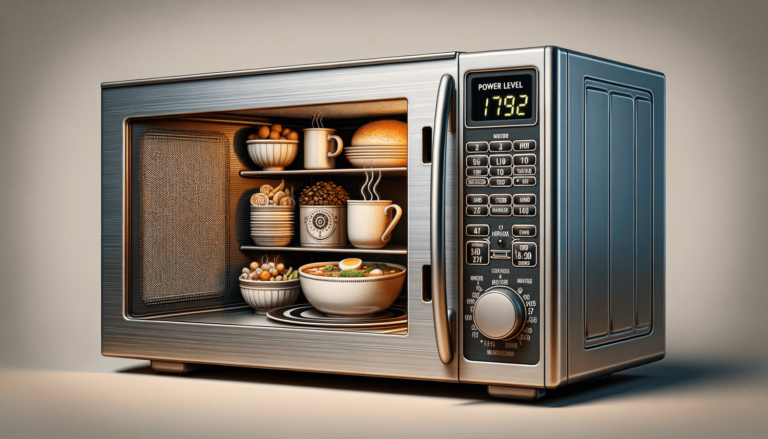

Microwave ovens are versatile kitchen appliances that enable quick and efficient cooking, reheating, and defrosting. Knowing how to use a microwave’s power levels correctly can transform your cooking experience, allowing for better texture, flavor preservation, and overall results. This post dives into the essentials of microwave power settings, guiding you through adjusting and utilizing them for optimal cooking outcomes.
Quick summary
At Setting King, we believe in empowering you with the knowledge to use your appliances efficiently. Microwave power levels refer to the intensity at which your microwave operates. Contrary to what some may believe, adjusting the power level doesn’t change the actual power emitted by the microwave. Instead, it changes the cycle of on-and-off periods of the magnetron (the component that generates the microwaves). For example, setting your microwave to 50% power means the magnetron will be active 50% of the time and off the other 50%. This method of power adjustment allows for more controlled cooking, helping to avoid overheating or uneven cooking.
Adjusting the power level on your microwave is a straightforward process but can vary slightly depending on your microwave model. Typically, here’s how you can do it:
If these steps don’t align with your microwave’s interface, referencing the user manual is the best course of action for precise instructions tailored to your specific model.
Understanding when to adjust the power level of your microwave can significantly enhance your cooking and reheating quality. Here are some examples of how different power levels can be used effectively:
Here at Setting King, we’re all about giving our trusted advice to make your life easier. Here are some additional tips to ensure you get the best results from adjusting your microwave’s power levels:
By leveraging the power levels on your microwave and following these tips, you’ll unlock a whole new level of precision and efficiency in your microwave cooking. Keep experimenting and enjoy the improved quality of your microwave-prepared meals!